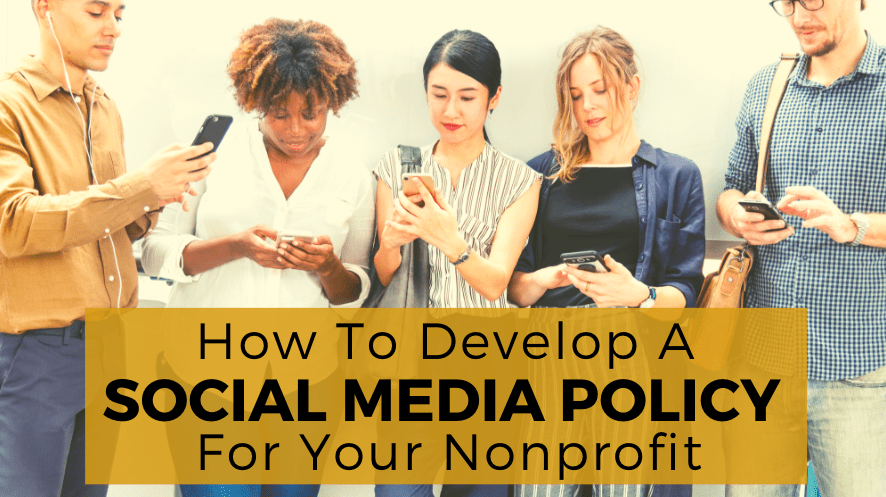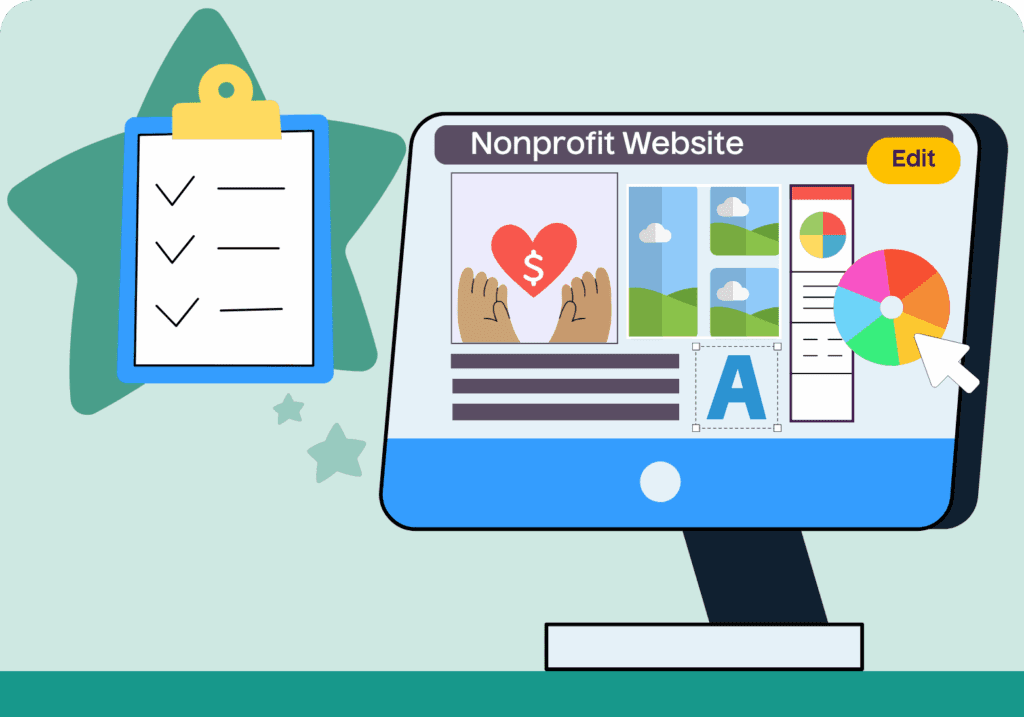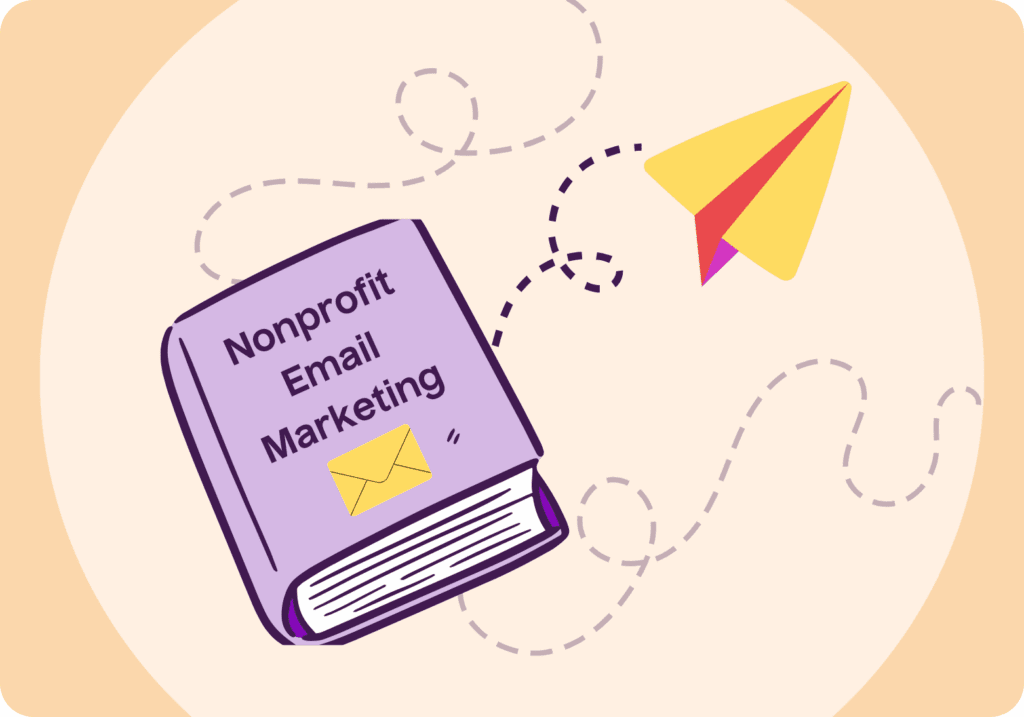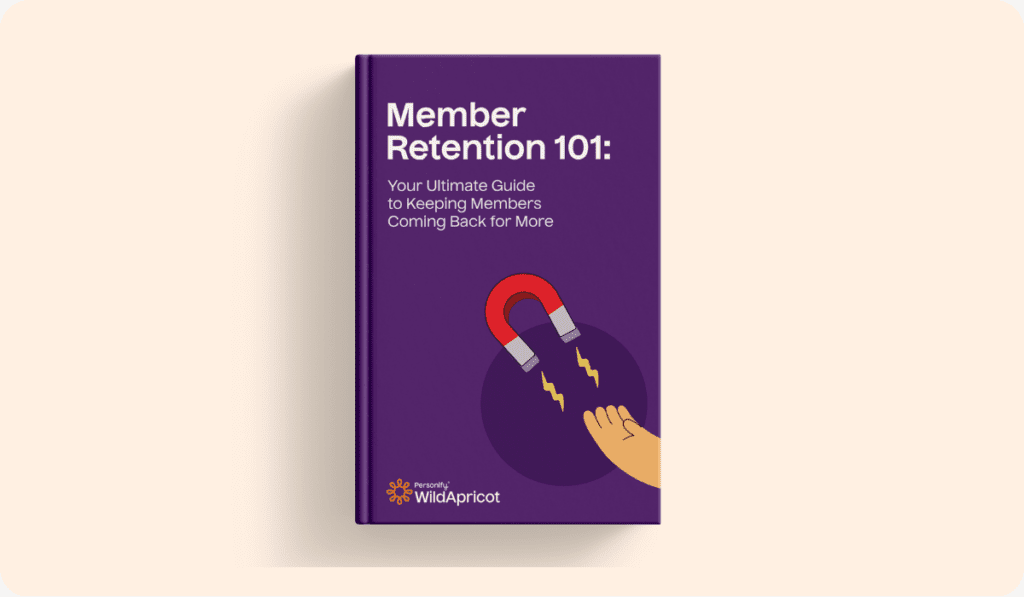Who should speak for your organization in social media? How can you
control what’s being said about your group and your cause?
If you’re not sure, it may be time to work out a social media policy for your staff and volunteers who blog and chat and comment online, where the personal and professional lines often blur.
Traditional media relations were almost easy, in retrospect. A reporter called or wrote to request an interview, and you could hook him or her up with a designated spokesperson: your policy coordinator, media relations officer, executive director, or even a trusted volunteer with special expertise in the issue and perhaps some public relations skills. Out-going communications could be readily managed according to an overall strategic plan, when the channels for information flow were formal, slow, and essentially one-way.
Nowadays, the world’s most prestigious media outlets, who once would have relied
solely on “expert sources” drawn from a pre-approved pool of contacts, are quoting bloggers and tweeters on a daily basis. But that’s just the tip of the iceberg. Social media — social networking sites, blogs, forums, the quick informal exchanges made possible by micro-blogging, livestreaming, text messaging and the rest of Web 2.0’s easy-to-access opportunities for users to generate content — has forever changed the
game rules.
Realistically, anyone with Internet access is empowered to say pretty much anything (within the loose bounds of international libel law), and more and more people are finding their voice in social media with every day that passes.
On one hand, this democratization of speech can represent a golden opportunity for small nonprofits to spread their message — without the need for a massive advertising budget or public relations expertise.
On the other hand, nonprofits are fast becoming as concerned as businesses by the creeping loss of control over their “brand” and message.
Chris Bailey: The reality is that no organization — either for-profit or non-profit — has control over its image any longer. Any membership association or fundraising nonprofit that thinks otherwise will find out painfully that irrelevance is perhaps the greatest cost of all.
Don Peterson: If an org is so worried about liabilities and controversy that they hesitate to join the parade of other orgs that ‘see the light’ regarding Social Media they will simply have to wait and watch until their confidence level arises to the extent that they can take the risk.
So what is it, exactly, that worries so many board members and nonprofit managers about participating in social media?
Beth Dunn: It seems like executives (and nonprofit boards) are primarily concerned about three things:
- Employees will say bad things about the organization (sponsors, vendors, customers, etc.);
- Customers/constituents will say bad things about the organization (sponsors, staff, vendors, etc.);
- Employees will tell secrets.
Smart organizations recognize that people are going to talk about them in any case, and that the best they can do is try to manage the effect.
The strongest course of action may very well be to meet their constituents on the common ground of social networking sites and in the blogs, responding with calm facts to any misunderstandings and misinformation, answering questions, resolving problems (or at least showing a willingness to listen), and on occasion defusing an
unwarranted attack in much the same way as an experienced comedian will disarm the hecklers in a night-club crowd. (No wonder there are so many American politicians and US Government staffers on Twitter!)
That’s a tall order, however — simply listening in on the worldwide conversation around your issue can demand a significant time investment — and very few small nonprofits with a limited budget can afford to designate a staff member to handle the job, on top of their regular duties.
So the social media strategy of many nonprofits, by necessity, still consists of an ad hoc arrangement where a number of staff people or volunteers will tag-team to cover the major listening posts and respond to comments and questions to the best of their ability.
Maggie: One way to minimize the risk associated with “a number of staff people or
volunteers” is to limit the number of people with admin rights … to the Facebook page and Twitter account; anyone else on staff who wants to post goes through one of these people.
Don Peterson: Common sense ought to prevail here. Of course, anything off topic and not related directly to an org’s mission should stay private….
Beth Dunn: If you haven’t hired people you can trust to behave like responsible adults, then there is a deeper problem.
Is an Internet-usage policy even needed, if you know your people and trust their common sense, or does instituting such a policy show a lack of faith in their intelligence, honesty, and skills? Some have suggested it’s a possible abridgement of free-speech rights, especially for employees who were hired into their positions before the policy is introduced. It’s a lively debate — and here’s some more food for
thought:
- Lorelle VanFossen (Blog Herald ): Do You Need a Social Media Policy?
- Blue Avocado: What Should We Do About an Employee’s Outrageous Blog?
- Britt Bravo (Have Fun Do Good): Nonprofit Blogging Burning Questions and Answers
- Jeremiah Owyang: The Variance of Corporate Social Media Policies
- New Media Knowledge: Rough Guide to: Social Media and the Law
- Kyle Oppenhuizen (USA Today): Schools creating new rules for social networking policies
A great many of the people who speak for nonprofits on social media websites, “officially” or otherwise, are very capable indeed — make no mistake about it — but both the individual and the organization are in an inherently risky place without a social media policy to act as a guide for all concerned.
How many social media policies have been hastily developed in reaction to an unfortunate blog post or a hasty comment? The Internet never forgets — and by the time a writer has a chance for cool second thoughts, the words have been archived in the labyrinth of search engine indexes and syndicated RSS feeds. Better to be proactive in developing a social media policy, even if you never are called upon to
pull it out and quote it. Most people will perform with greater confidence and skill, in
an unfamiliar space, when the expectations for their performance are made clear.
But what should those guidelines look like? Can you ask your volunteers to adhere to exactly the same social media policy as you require of your staff? How do you draw a line between the public Internet persona and the personal voice?
How to Develop a Nonprofit Social Media Policy
Fortunately, developing a nonprofit social media policy need not be a daunting task, perhaps even more manageable for a small nonprofit with a limited number of staff,
and only a few people who will represent the organization online in a official capacity, than for a larger organization. Social networking is, at heart, no more than PR 2.0, and a careful reworking of any existing public relations or media
policy should set your organization on a solid basis.
If you have no public communications policy in place on which to build, however, it
might be helpful to look at a few samples of social media policies from a variety of organizations, such as these:
- BBC Editorial Guidelines — Personal use of Social Networking and other third party websites
- Principles for participation online for the UK Civil Service
- Intel Social Media Guidelines
- IBM Social Computing Guidelines
“for blogs, wikis, social networks, virtual worlds and social media.”
(This example is especially interesting in that the guidelines seem to
be developed cooperatively by IBMers themselves, not imposed by
management, top-down. And the guidelines are continually evolving as
technology evolves — another point to keep in mind when drawing up a
policy for your own organization.) - Carl Haggerty’s DRAFT V0.1 — social media and online participation policy and guidelines
- Easter Seals Internet Public Discourse Policy on Beth Kanter’s blog — scroll down the page to read it, and check the comment thread for further links and ideas
What to Include in your Nonprofit Social Media Policy
Your nonprofit’s social media policy will likely depend on what social media strategy you’ve established and what you’re trying to achieve with your social media presence. While every organization’s social media policy will differ, there are a few things you should keep in mind while creating yours. Here are some of the things you might want to include:
- Your organization’s social media values and roles
- Your monitoring policy: who should respond and when
- How you’ll respond to positive, negative or neutral comments
- Your policies on privacy, permissions and copyright
- What kind of posts you’re sharing
- Where you’ll draw the line between personal and professional opinions
What are your own tips, advice, experience, or other useful resources towards a nonprofit policy for social networking? If your organization has made its social media guidelines available online, please do leave a link in the comments.









